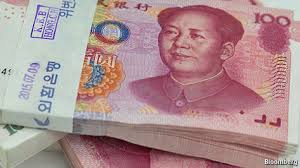
Introduction
The concept of global currency plays a crucial role in the world economy, facilitating international trade and investments.
In a world where goods and services cross borders every second, a common currency has the potential to streamline transactions while reducing the complications posed by fluctuating exchange rates. As economies become increasingly interconnected, the importance of a reliable global currency cannot be understated.
The Role of Global Currency
Global currencies are critical in establishing a benchmark for international trade. As of 2023, the US Dollar (USD) remains the dominant global currency, accounting for over 40% of global payments and more than 60% of central bank reserves. This dominance is significant as it offers substantial advantages for the United States, including reduced borrowing costs and economic stability.
Other currencies, such as the Euro (EUR) and the Chinese Yuan (CNY), are also gaining traction in the global market. The Euro, representing the collective economies of 19 European nations, is often viewed as the second most significant currency, while China’s growing economic influence has led to increased demand for the Yuan in international trade.
Current Trends and Events
As of late 2023, there is a growing discussion surrounding the potential for a new global reserve currency. Recent geopolitical tensions and economic fluctuations have prompted countries to seek alternatives to the USD. Nations like Russia and China are advocating for a multipolar currency system that could diminish the dollar’s supremacy. For instance, China has been actively pursuing bilateral trade agreements that use the Yuan instead of the USD, potentially reshaping global trade dynamics.
Conclusion
The significance of global currency extends beyond mere exchange rates — it impacts national policies, global trade, and economic stability. With the world continually evolving, monitoring trends related to international currencies will be essential for businesses and investors alike. As debates over the currency’s future continue, the potential development of a multipolar currency system could redefine international economics in the coming years. It is essential for stakeholders to remain informed about these changes, as they could significantly influence the global financial landscape.



